
COVID-19 Road Trip Travel Recommendations & Resources
Travel During the Pandemic
We love America, and travel to the many exciting places and destinations that the USA and Canada offer. We also enjoy being out on the open roads of America, like cross-country trips on Route 66, The Mother Road.
But the travel industry changed dramatically in a short period of time in 2020 and 2021 due to the worldwide outbreak of the COVID-19 pandemic. And your travel plans were probably impacted.
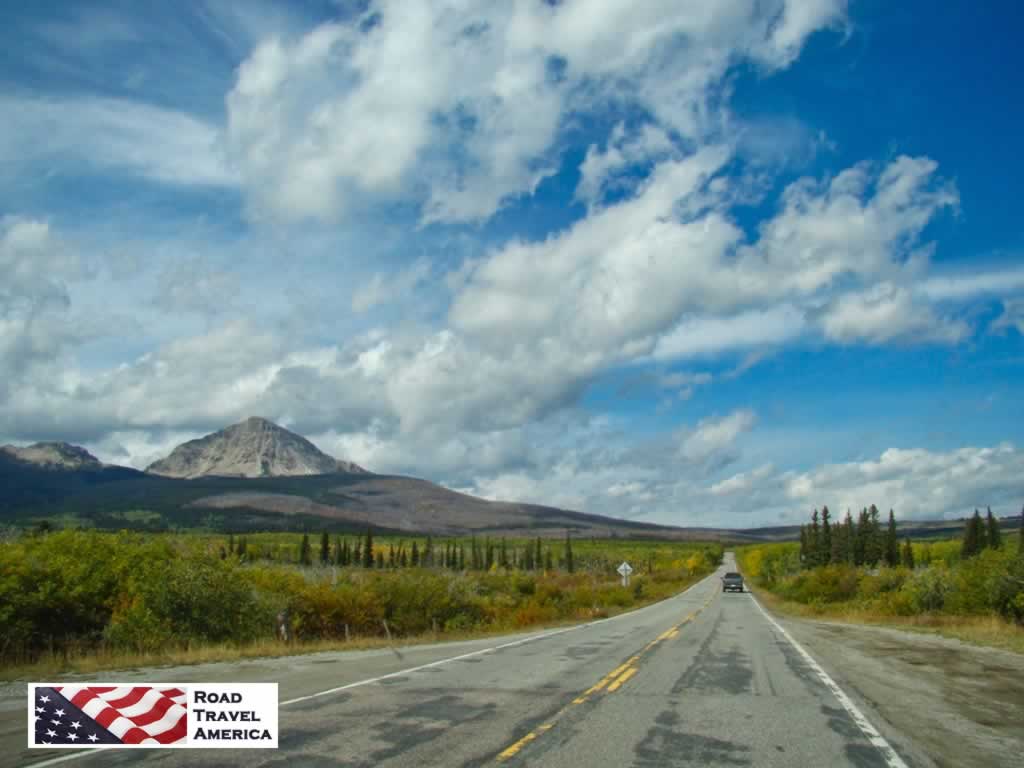 |
Now, even as the COVID-19 pandemic outbreak across America has eased, travelers continue to seek safe vacation alternatives. Consequently, many individuals and families are exploring the open roads of America, driving its scenic byways and enjoying national parks and other open spaces.
The resources included below are a helpful place to start planning your next road trip, or a "staycation" close to home!
And be sure to visit our list of 128 Staycations - by State.
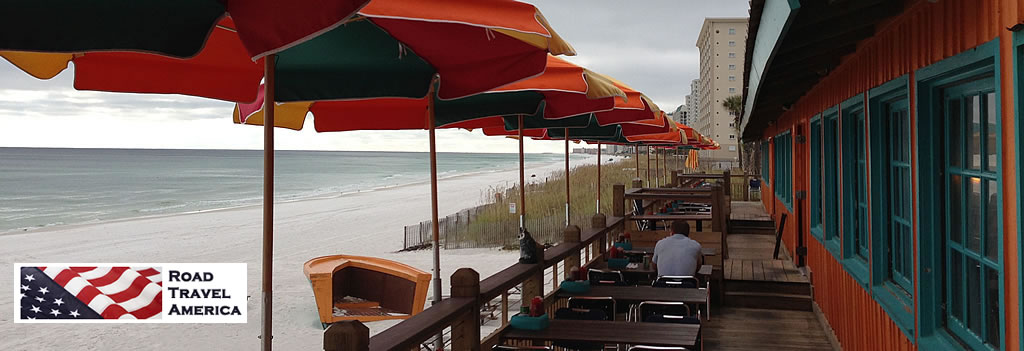 |
Road Trip Travel Tips
Driving is thought by many to be safer than other modes of travel since you yourself have control over destinations and situations you encounter. Here are some thoughts, and tips:
-
Before you depart, make sure your auto, SUV, RV or motorcycle is in good shape; consider having it serviced or inspected if you're concerned.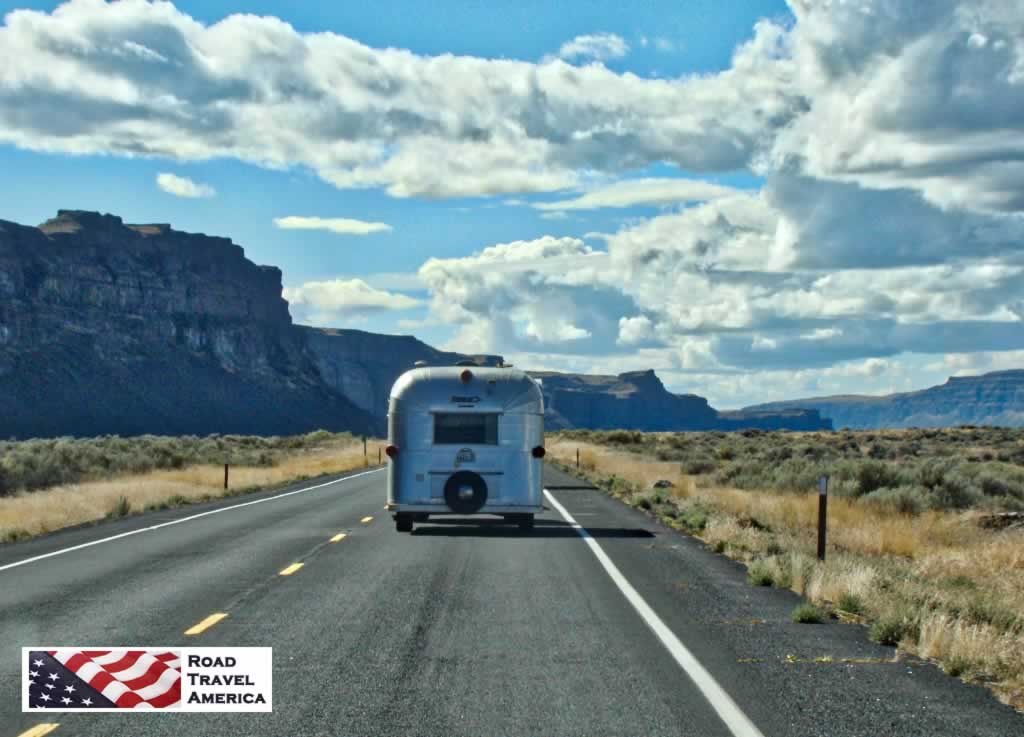
- Map out the roads and byways you'll be driving on and the states you'll be passing through and be aware of any relevant regional travel advisories and restrictions.
- Does the state or local government where you live or at your destination require you to stay home for 14 days after traveling?Some state and local governments may require people who have recently traveled to stay home for 14 days.
- Be sure to pack enough hand sanitizer for the entire trip. Also consider disinfecting wet wipes, disposable gloves, sealable disposable plastic bags and tissues.
- To minimize stops at restaurants and grocery stores, bring and store your own food supplies.
- Plan ahead for restroom stops ... many public restrooms are closed, as are indoor areas of many restaurants.
- Where will you dine? With restaurants being forced to change their facilities and services, many offer only limited seating, drive-thru, take-away or curb-side services.
- After purchasing food, trash as much of the packaging as possible, and make sure your hands are cleaned/washed/sanitized before eating the food.
- Use contactless payment methods when possible; if you use a credit card, be sure to clean it after use.
-
Where will you sleep? When booking a hotel, visit its website to understand their cleaning policies, standards and procedures. Don't eat at any common-space food areas such as breakfast buffets. Assume devices and surfaces in your room are NOT clean, and wipe them down yourself.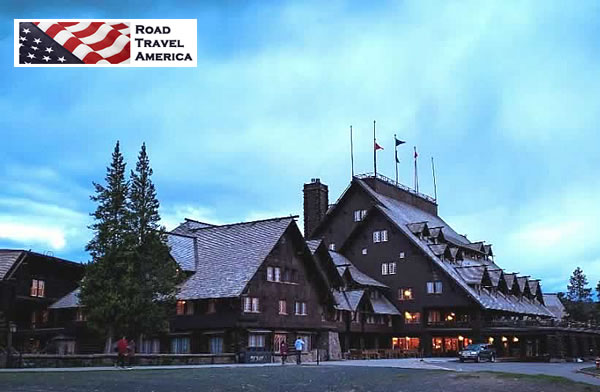
Guidelines from the American Hotel & Lodging Association (AHLA) include stringent cleaning procedures for everything from elevator buttons to exercise equipment. More hotels are implementing contactless check-in and check-out, and keyless entry, and rearranging lobby seating to keep guests socially distant. - Skip indoor spaces where social distancing is not practical, such as bars.
- If you are visiting a national park, plan ahead ... some parks, like Rocky Mountain NP, require advance reservations and have limits on the number of visitors allowed in the park. Others, like Glacier NP in Montana, do not have all facilities open; there, the Going to the Sun Road is not open all the way across the park
| Popular National Parks | |||
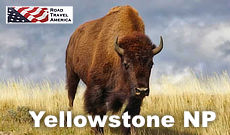 |
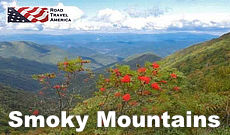 |
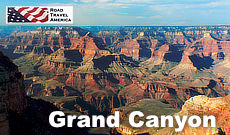 |
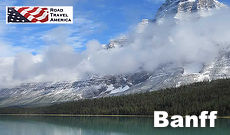 |
| Road Trips on Scenic Highways and Byways | |||
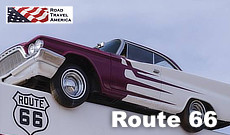 |
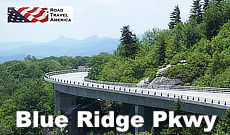 |
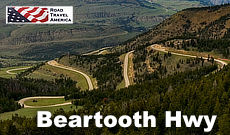 |
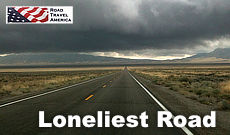 |
| Trending Destinations | |||
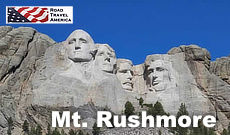 |
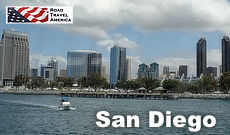 |
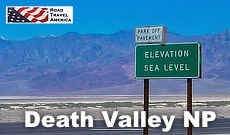 |
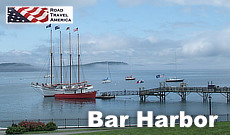 |
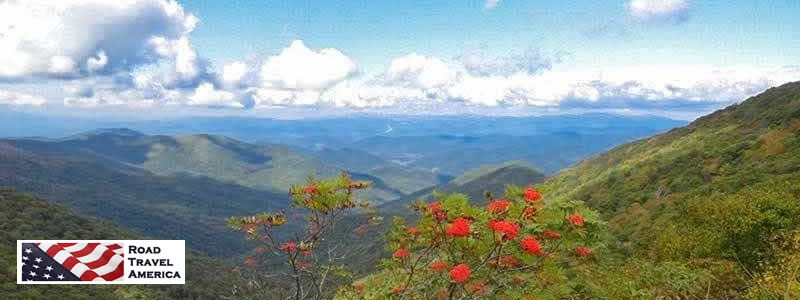 |